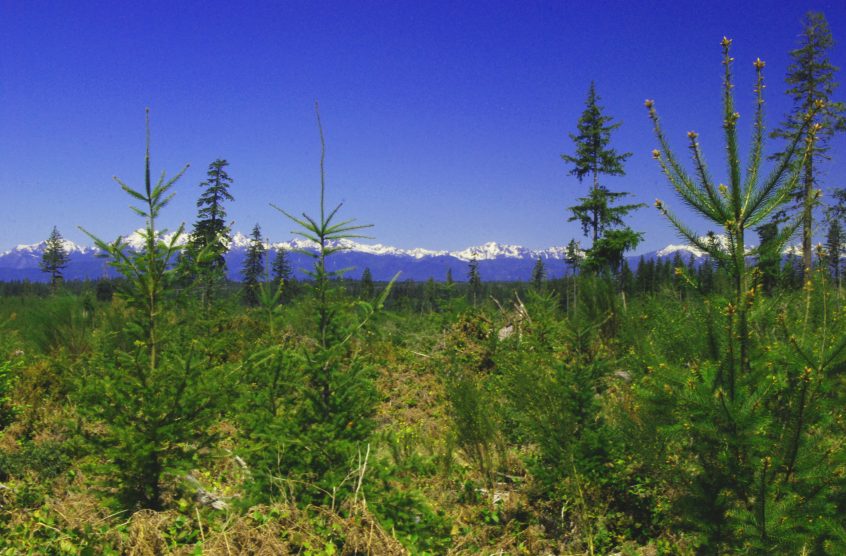More Washington editorial boards and opinion writers are weighing in on solutions to the wildfire smoke that has plagued the Northwest the past few weeks.
Olympia writer Anna Elza Brady, in a Seattle Times op-ed:
The back-to-back “smoke storms” of 2017 and 2018 should drive us to elevate the issue of forest management and air quality as never before. This should include working with our neighbors to the north to create an international strategy for making forests more resilient and fire-resistant through selective logging, thinning and removing invasive underbrush. It’s time to connect the dots and engage our best forest science in order to protect the health of children, elders and families in the Pacific Northwest.
In 2017, Washington legislators budgeted less money for fire-control measures than they did a decade earlier, according to The Seattle Times.
The Times also reported that even though private landowners paid fees that helped make up the difference, the budget the last 10 years for fire control has not kept up with the need – growing by only $2.3 million over the past decade.
That has to change.
Fire prevention programs are key to helping reducing devastating wildfires, which would include thinning overgrown forests – a task that has been neglected – and using controlled burns, which can be controversial.
Sen. Maria Cantwell, D-Wash., a ranking member of the U.S. Senate Committee on Energy and Natural Resources, said in an Associated Press story that some Seattle-area residents opposed controlled burns this spring because they feared smoke, but, “I guarantee you now, Seattle would definitely take a little bit of smoke instead of the eventual, all-summer-long smoke that we’re getting.”
…But federal agencies have to get on board too. Flames don’t care if it’s federal or state land.
Columnist Sue Lani Madsen in the Spokane Spokesman-Review:
The catch phrase “Log It, Graze It, or Watch It Burn” isn’t a threat, it’s a summary of the three management tools available for healthy forests.
We aren’t using the tools effectively. Science by single discipline rarely takes a holistic look at the interplay of ecosystem processes. What works for troubleshooting something as complicated as a car does not work for complex systems. Any system with biological components is complex, with unexpected, unplanned and unknown emergent properties. Remove the battery from the engine and predictably the car sits in the driveway. Remove fire (or grazing or logging) from the forest and nature moves in with something else. Sometimes that something else is catastrophic fire.
Clearly, the decades-long, tacit non-policy of fire suppression has contributed to the problem by leaving forests too dense with trees and too overloaded with fallen branches, needles, twigs and leaves – kindling for the flames, in other words. Experts say thinning entails more than just logging. Look down at your hiking boots; that’s where the real fuel is located: duff, needles, decaying logs. Selective logging would clear much of that, with the bonus of providing jobs and allowing the state to get money back by selling removed timber.
Thinning without controlled burns is not enough, fire scientists say. “Without fire … you’re not removing the fuels that other wildfires depend on,” Mark Finney, a Forest Service scientist said in a recent presentation in Missoula, Mont.
Prescribed burns, done right, produce less pollution per acre than wildfires because they are set during wetter weather, according to Oregon State University researchers.
…In Washington, officials say 2.7 million acres need thinning and burning, but the $13 million the Legislature approved last year will cover only 30,000 acres, according to The Seattle Times.
It is far more cost-effective for the state to adequately fund prevention efforts than, as in recent years, shell out even more to put out raging wildfires.
